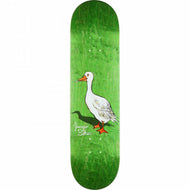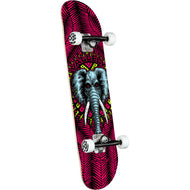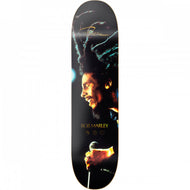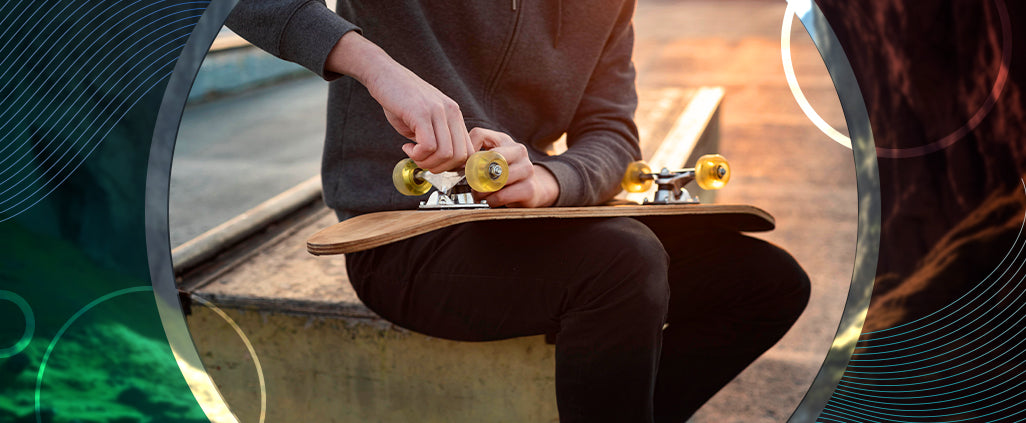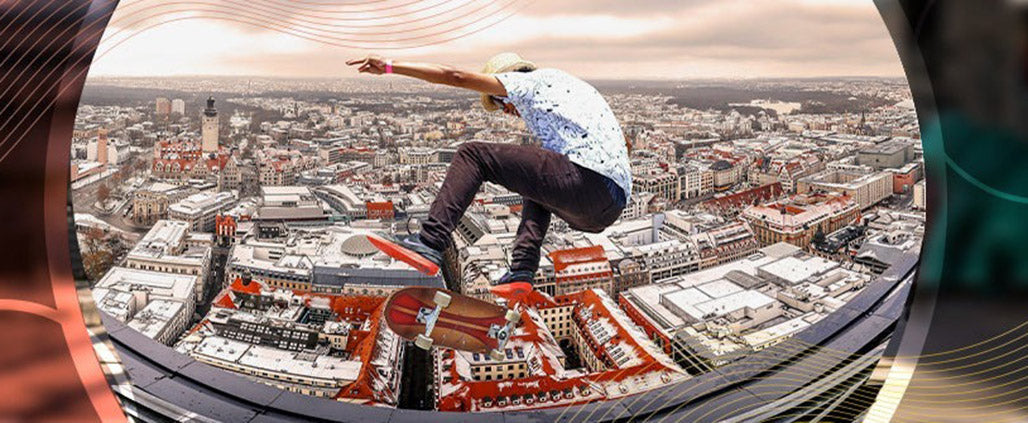
How did skateboarding begin?
Skateboarding is an extreme action sport we all know and love as is with cool skate parks and awesome stuff like that, and it only keeps getting better. However, a lot of our little dudes out there have no idea how this amazing cultural phenomena all came about. so let’s enlighten you guys for a moment.

How it all started:
Skateboards became an adaptation of the famous skates that everyone loved to enjoy during the 50’s. The details on who exactly started skating are to be debated but it is unanimously believed that it was an alternative for surfers during the early 50’s when the waves were flat. Many variations of the skateboard were created during that time and it gained massive popularity. It was called “sidewalk surfing”.
Mass production of the skateboard began in the 60’s from southern Cal surfing companies that built surfboards. Before all of this though there was a sort of beta of what the skateboard we know now called a crate scooter that had a handle on it to help for steering and later skaters used planks. The first sight of these awesome tools of fun was seen and reported in Paris, France in the mid 40’s.
Moving into the 70’s skating had gained tons of popularity even the point of television shows such as “surfs up” and magazines like “the quarterly skateboarder.”
The 70’s

So in the 70’s a resurgence and popularity in skateboarding emerged, but with a different emphasis. Skateboarders were discovering skating in empty pools and learning to lift themselves off the edge of the pool and that is where the predecessor to the huge ramps you see now began. Moves like the aerial were dominant during this time as skaters learned to ride up the sides of the walls and lift themselves up ver the edge and turn around to go back down and skate like a back and forth motion from one end of the pool to the other. Skateparks became widely popular as the intricacy of very skating increased and evolved, the smooth surfaces of these skate parks would allow the boundaries of vert skating to be pushed and many skaters to start excelling in this arena.
Commerical skateparks were not as available as they are now so many skaters had to rely on ramps which allowed them to do the vertical moves or poor man’s pools if they had no access to pools.
The 80’s
Skateboarders were cash kings during this ear as many of the skate companies were owned by skaters themselves. Vert ramp skating had taken a predominance over the sport even though street skating was well and thriving. It’s just that not every skater could afford vert ramps. Rodney Mullen was a pioneer during this era inventing tricks such as the “impossible” and the “kickflip”. Skating during this era ended up facing much opposition due to the government, business and locals in different municipalities complaining about the sport since freestyle and street skating was prominent.
The 90’s

The 90’s witnessed a massive resurgence in skating in the streets due to a recession in the economy at the time and the unaffordability of going to skate parks and buying ramps. Tony Hawk and many other prominent skaters famous since the 80’s kept the spirit of skateboarding alive during this trying time in the country. In the 90’s the most noticeable trend was the street style skating moves being translated to the vert world. So we saw the vert variations of the street tricks on ramps.
Additionally, the 90s also saw a burgeoning skateboarding subculture, with skateboarding becoming more than just a sport; it evolved into a lifestyle and a form of artistic expression. Skaters from diverse backgrounds found solace and camaraderie within the skateboarding community, forging strong bonds over their shared passion for the sport. The era also witnessed a significant rise in skateboarding media and the birth of iconic skate videos, which further propelled the popularity of the sport. As the decade progressed, skateboarding began to permeate mainstream culture, influencing fashion, music, and entertainment. This integration into popular culture played a crucial role in solidifying skateboarding's position as an enduring and influential phenomenon. The 90s marked a pivotal period in skateboarding history, where the sport not only survived a challenging economic climate but also thrived, setting the stage for its continuous evolution and global impact in the years to come.
In this blog you could see on a large scale the evolution of skateboarding. The boards now are incredibly beautiful and there are many in our store for you to discover and choose the best, always enjoying this beautiful sport. See you next time!


